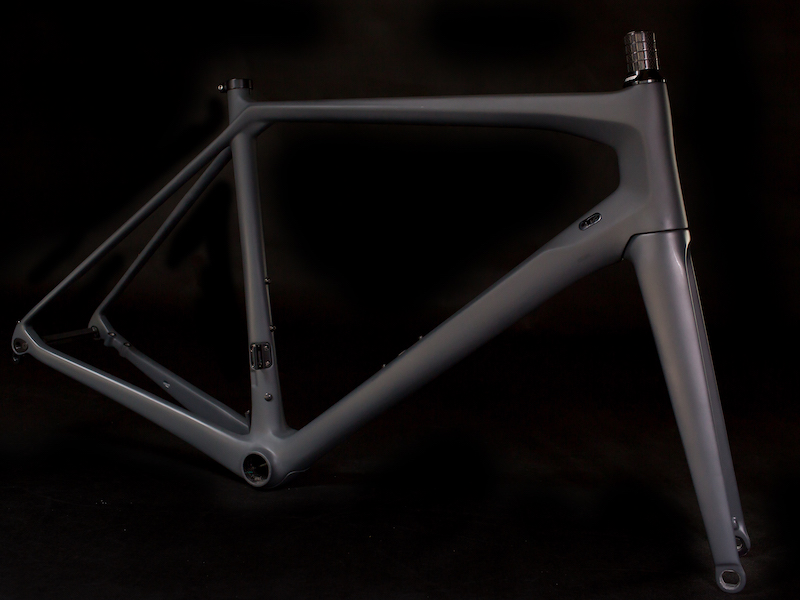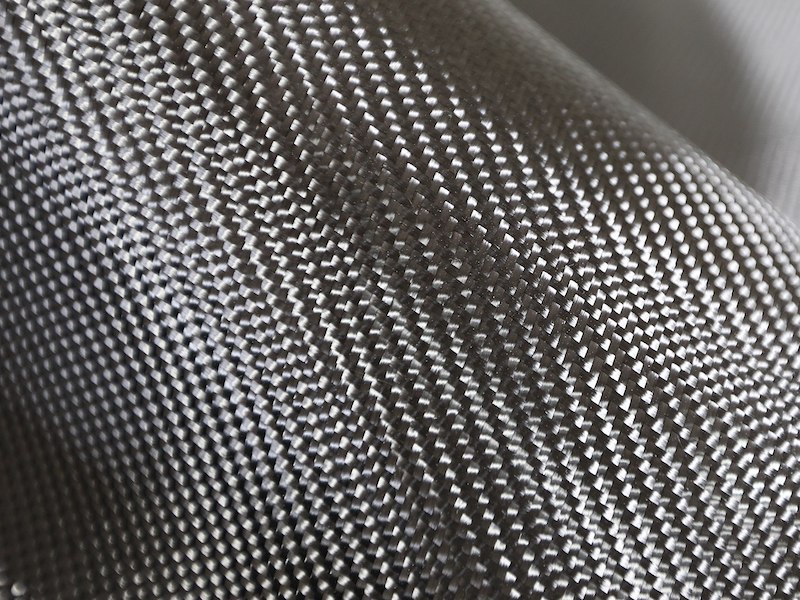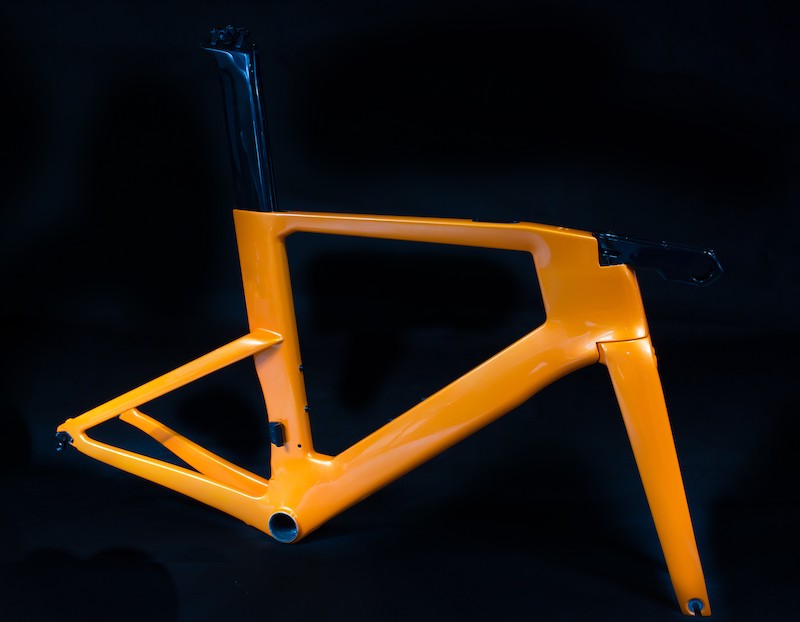Categories
New Blog
Tags

A bicycle frame is the main component of a bicycle, onto which wheels and other components are fitted.So frames must be strong, stiff and light, which they do by combining different materials and shapes. Therefore, choosing right bike frames material what you want frame to be is the most thing before purchasing a bicycle.
Bike frames have been made from a variety of different materials such as steel, aluminum alloys, titanium, carbon fiber, and even bamboo and cardboard.Each bike frame material has their own advantages and disadvantages,which depends on the bike frames style you choose to consider their budget,comfort, weight, stiffness, strength and durability.Now let’s talk about the most common material used in bike frames:steel,carbon fiber, aluminium, and titanium.
1,Steel frames:
Steel is the traditional material used on bike frames.Steel was the universal choice of racing bike frames until aluminium appeared in the 1970's and 1980's and carbon fibre took over in the 1990's.Steel is strong, easy to work, and relatively inexpensive. However, they are heavier than many other structural materials.This means frame designers/factory can use smaller-diameter, thinner-walled tubes and maintain the required level of stiffness, though the weight penalty remains.
Unlike carbon fibre and aluminium, damage to a steel frame is typically easily repaired. Somewhat surprisingly despite its strength, steel offers good levels of compliance thanks to its elastic properties. it can withstand stress below its fatigue limit an infinite number of times without resulting in failure.
Touring and adventure bikes are commonly made from steel because of the good durability and strength. This riders can carry large luggage without worry the bikes performance and steel bike frames can keep longevity for riding. For all of these reasons,Steel weight isn't such an important factor.
Pros of steel:
Cons of steel:
2,Aluminum frames
Aluminium is the material used for the majority of cheaper bike frames,which are perhaps the most common in the modern bicycle industry. Aluminium isn't very dense like steel so it can be shaped into lightweight structures, making it perfect for bike frames. Aluminium frames are relatively cheap to manufacture, especially compared to carbon fibre frames.
Aluminium frames offer an impressive balance of strength, stiffness and low weight, aluminium alloys can be prone to long-term fatigue, unlike steel and titanium.
However, aluminium frames tend to be less susceptible to crash or accidental damage than carbon frames. As a result, aluminium remains a popular frame material on all mountain bikes, as well as being a smart option for privateer road racers on a budget.
Pros of an aluminium bike frame
Cons of an aluminium bike frame
3,Titanium frames
Titanium doesn’t universal used on bike frames because of its high cost and more difficult manufacture than steel or aluminum,so it become a symbol of a luxurious bicycle.but they have the desirable characteristics, including a high strength, high fatigue limit, and excellent corrosion resistance.
It’s less dense than steel so a frameset can be lighter than steel.That makes it harder to dent a titanium frame and, since titanium doesn’t corrode, the frame doesn’t need painting, so scratches and chips aren’t an issue either.
Pros of titanium:
Cons of titanium:
4,Carbon fibre bicycle frames
Carbon fibre has been the 1st material for high-performance bike frames since 1999 Tour de France.
Low-carbon environmental protection is more and more promoted,as a non-metallic material,Carbon fiber frames become hot material used for bicycle frames.
Carbon fiber bicycle frames became popular not only because of its environmentally friendly,but its many good performance on bike frames.
Carbon fiber frames are light-weight, corrosion-resistant and strong, and can be formed into almost any shape where it is needed. carbon fiber affords manufacturers to create whatever product they desire, . While some materials are hard to work with and have limited design capacity, carbon fibre is easily mouldable and can be shaped in almost anyway to meet a manufacturer's’ intended design. The ability to customise shapes and the way the material is used can make bike frames aerodynamic, stiff yet compliant, and lightweight.

The advantages of carbon fibre are well known, given the propensity of bike brands to sing the praise of their all-conquering, high-end carbon frames.Carbon fibre can be used to make a frame that’s extremely light and extremely stiff, with the option to wrap the carbon into complex, aerodynamic tube shapes, while still considering ride quality and comfort.
There are some disadvantages of Carbon fibre bike frames .They are expensive on price so that many riders cannot affordable. Also carbon fibre is quite easy to crush, so it can be easily damaged in areas such as quick-release drop-outs. That’s why carbon bikes often have metal drop-outs or inserts for thru-axles, or include metal protectors for these areas. and carbon fiber frames also is hard to repair if get broken,but the metal frames such as titanium or steel is easy to recycle or repair.

Pros of a carbon fibre bike frame
Cons of a carbon fibre bike frame